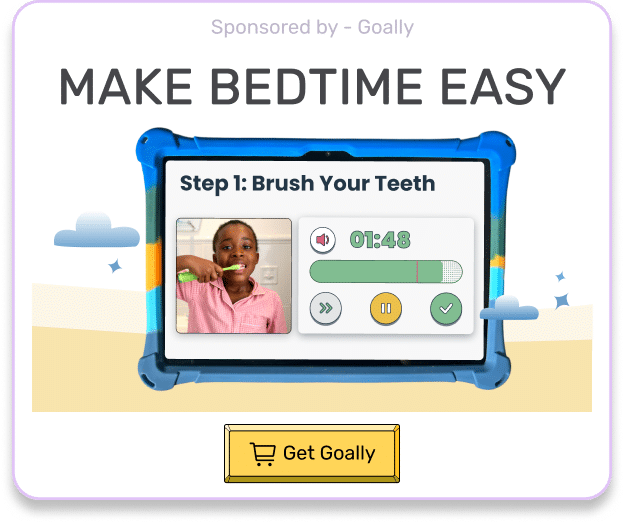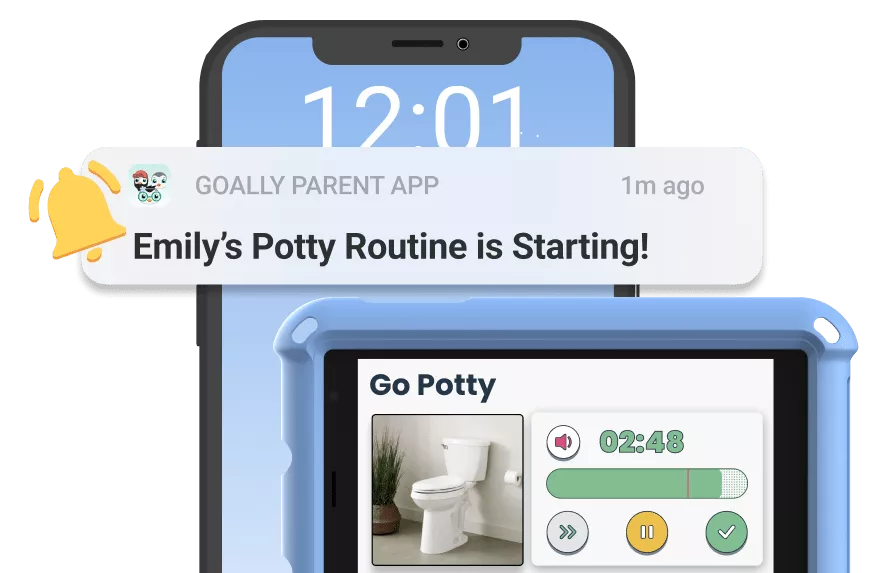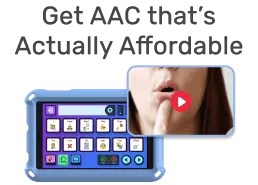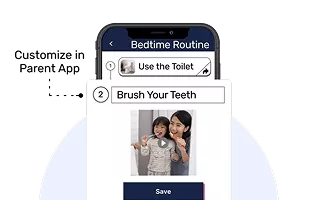Teaching your kids how to check the weather is a great way to help them develop independence and planning skills. Here’s how you can do it using Goally, an engaging and accessible tool.
Key Takeaways:
- Goally offers a user-friendly interface for kids to check the weather.
- Learning to check the weather helps kids prepare for their day.
- Goally’s weather feature is designed to be engaging and educational for kids.
Checking the weather using Goally is a straightforward process that can be broken down into easy steps. By following these steps, your child will be able to confidently check the weather each day.
Table of Contents
Step 1: Open the Goally App
The first step is to open the weather app on your device. When your child is using a Goally tablet, they can easily find the app on their home screen. Once they tap on it, the app will open, ready to help them start their day.
In my experience, making sure the app is easy to access encourages kids to check it regularly. When I introduced Goally to a child I was working with, we placed the app in a spot on the home screen where it was easy to find. This simple step made a big difference in how often they used it.
Step 2: Navigate to the Weather Section
After opening the app, guide your child to the weather section. Goally’s interface is designed to be intuitive, so it shouldn’t take long for them to find it. The weather section will display the current weather conditions, along with a forecast for the day.
When I was teaching my nephew how to use Goally, we spent some time exploring the app together. By showing him where the weather section was, he quickly learned to navigate there on his own.
Step 3: Read the Weather Information
Once in the weather section, your child will see a simple, clear display of the current weather conditions. Encourage them to read the information out loud. This practice helps reinforce their reading skills while also making sure they understand what the weather will be like.
For example, I found that asking kids to tell me what the weather was like after checking it helped them retain the information better. This way, they not only learned how to read the weather report but also how to apply that knowledge to their day.

Read more: Best Weather App for Children
Step 4: Discuss What the Weather Means for the Day
After checking the weather, it’s important to talk about what it means for the day. For instance, if it’s going to be rainy, you might remind your child to bring a raincoat or umbrella. This step helps them understand how the weather impacts their plans and what they need to prepare for.
I like to turn this into a mini-planning session with kids. We talk about what activities they have planned and how the weather might affect those plans. It’s a great way to teach them how to think ahead and be prepared.
Step 5: Encourage Daily Weather Checks
Make checking the weather a daily habit. Encourage your child to check it each morning as part of their routine. Over time, this will help them become more independent in managing their day. Goally’s engaging format makes it easier for kids to enjoy this task.
In my opinion, routines are key for kids, especially those with neurodivergent needs. When I worked with a child with ADHD, integrating weather checks into their morning routine helped provide structure and predictability, which made mornings smoother for everyone.
Step 6: Use the Weather Information to Make Decisions
Finally, help your child use the weather information to make decisions about their day. For example, if it’s sunny, they might decide to spend extra time outside. If it’s cold, they might choose to wear a warmer jacket. This step teaches kids how to apply the information they’ve learned in a practical way.
When I worked with a group of kids, we used the weather to decide what to wear or what activities to do. It was a fun way to incorporate learning into our daily routine, and it helped the kids feel more in control of their choices.
Goally | Apps To Structure Your Kid’s Routine
Does your child struggle with transitions or staying on task? Goally’s visual schedule app breaks down large tasks into small, achievable steps. It helps kids complete their tasks independently!
Using Goally to check the weather is not only easy but also a fun way for kids to learn important skills. By following these steps, you can help your child build independence and confidence in their daily routine.
Helpful Resources
- KidsHealth
- The Weather Channel
- AccuWeather
Frequently Asked Questions About How to Check the Weather?
What is the best way to teach kids to check the weather?
The best way to teach kids to check the weather is through a systematic approach involving observation and practical application. This includes teaching them to observe the sky, feel the temperature, and record their observations.
How does Goally help kids learn to check the weather?
Goally provides video classes that break down daily tasks like weather checking into bite-sized steps. It leverages the principles of task analysis, allowing children to learn at their own pace.
Can checking the weather become a fun activity for kids?
Absolutely! By teaching kids to observe the sky, feel the temperature, and make predictions, checking the weather can become an exciting daily activity that combines learning with fun.
Can Goally's tablet help improve my child's understanding of weather conditions?
Yes, Goally's tablet offers step-by-step video classes that teach kids how to observe and understand different weather conditions, enriching their learning experience and fostering independent thinking.
What strategies can I use to motivate kids to check the weather regularly?
Make it a game! Kids can record their predictions and compare them with actual conditions. Reward accurate predictions and use discrepancies as learning opportunities. Remember that consistency and encouraging feedback are key.
This post was originally published on 10/13/2023. It was updated on 08/22/2024.
Emily is a seasoned blog writer for Goally, leveraging her extensive background in child psychology and special education to provide valuable insights and resources for parents. Her commitment to understanding and addressing the unique needs of these children, combined with her expertise in educational strategies, makes her a credible and empathetic voice for families.






